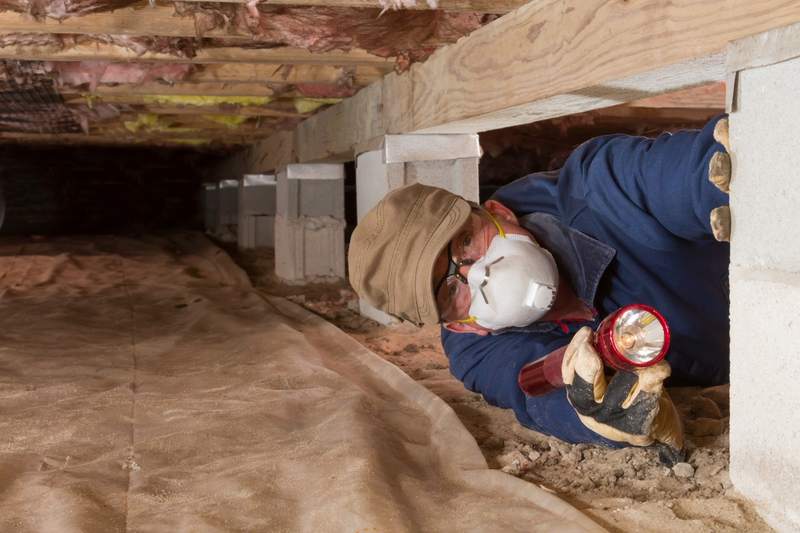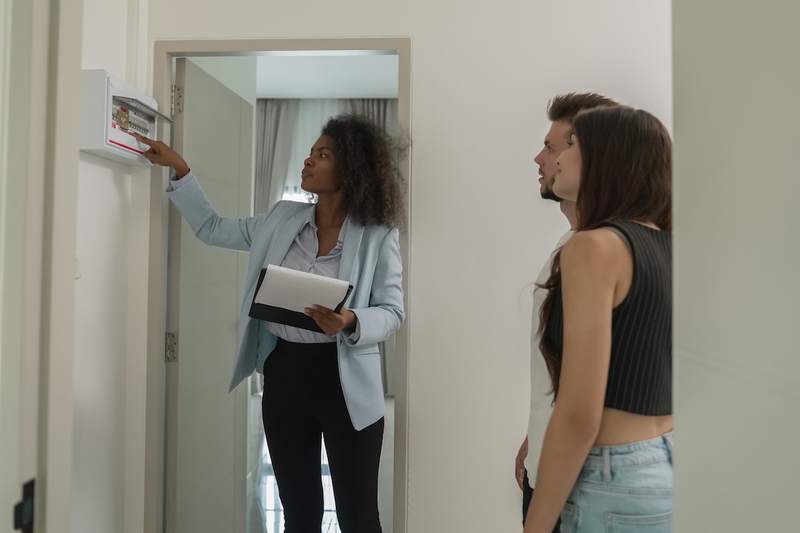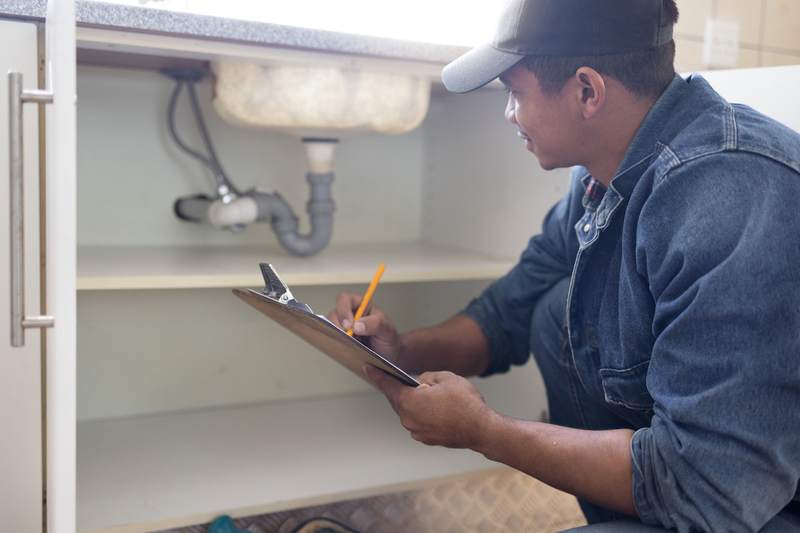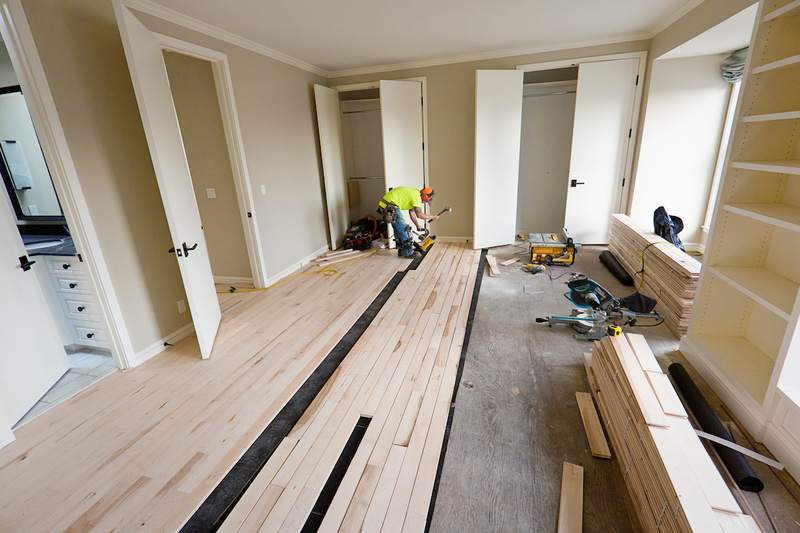
If your credit score isn’t so hot and you can’t afford to make a sizable down payment, then a mortgage backed by the Federal Housing Administration might be a good option for you. FHA-insured loans reduce mortgage lenders’ risk, allowing them to offer loans with generous eligibility requirements to borrowers.
If you think an FHA loan might be right for you, here’s how to get the ball rolling.
1. Make Sure You Meet FHA Requirements
The first step is to figure out if you’re eligible for an FHA loan. You’ll need a credit score of at least 580 and a down payment of at least 3.5% of the purchase price, or a credit score of at least 500 and a down payment of at least 10%. The property will need to be your primary residence and pass an FHA appraisal to ensure it meets building codes and safety standards set by the Department of Housing and Urban Development.
You’ll also want to weigh the pros and cons of an FHA loan before deciding to apply for one.
2. Find FHA-Approved Lenders
To get an FHA loan, you need to work with an approved lender. HUD keeps a searchable list of approved mortgage lenders.
3. Get Loan Preapproval
When you apply for mortgage preapproval, the lender will review your finances and issue a letter that details the loan it expects you to qualify for. Preapproval isn’t a guarantee of a loan, but it gives you an idea of how much house you can afford. Preapproval also shows real estate agents and sellers that you’re ready and able to buy a home.
4. Find a Qualified Home
For you to get an FHA loan, the property you’re buying must meet requirements and codes set by HUD. An FHA appraiser will inspect the home for structural issues, as well as health and safety hazards. If the home doesn’t meet FHA standards, repairs will be needed before you can get approved for an FHA loan.
5. Submit Your Loan Application and Documents
To get an FHA loan, you need a credit score of at least 500 if you’re making a down payment of 10% or more. You can make a lower down payment of at least 3.5% with a minimum credit score of 580.
You also will need to document your finances. Expect your lender to ask for:
- Your Social Security number.
- Your gross monthly income.
- Your addresses for the past two years.
- Your employment history for the past two years.
- Information on your banking and financial accounts.
- The approximate total value of all your assets.
If you’re self-employed, expect your lender to require two years of tax returns, income statements, and balance sheets.
Down payment assistance programs can help you afford an FHA loan.
6. Choose a Loan
After you apply for a mortgage of any type, you’ll receive a loan estimate from the lender within three business days. The loan estimate contains important details about the mortgage that the lender expects to offer you, including the estimated interest rate, monthly payment, and closing costs.
All types of mortgage lenders are required to use a standard loan estimate form, which makes it easier to compare offers from multiple lenders. It’s a good idea to shop around and get estimates from several lenders so that you can choose the right mortgage for you.
FHA loans come with limits on the amount you can borrow to buy a home. For 2023, the limits for a single-family home are $472,030 in most of the United States, and $1,089,300 in high-cost areas. In Alaska, Hawaii, Guam, and U.S. Virgin Islands, the limit is $1,633,950.
If you take out an FHA loan, you have to pay for mortgage insurance that protects the lender if you fail to repay your loan. FHA borrowers’ mortgage insurance premiums were reduced by the federal government in 2023, which is expected to save FHA borrowers an average of $800 a year.
7. Close On the Loan
After you submit all the necessary documents, an underwriter will review your finances and approve or deny the loan. If the home appraisal finds that repairs are needed, then those will need to be completed before closing.
On closing day, you’ll sign the final paperwork and pay your closing costs, which you can expect to total 3% to 6% of the purchase price. You also will need to pay an upfront mortgage insurance premium that will be 1.75% of the base loan amount.
FAQ
Here are answers to some common questions about FHA loans.











